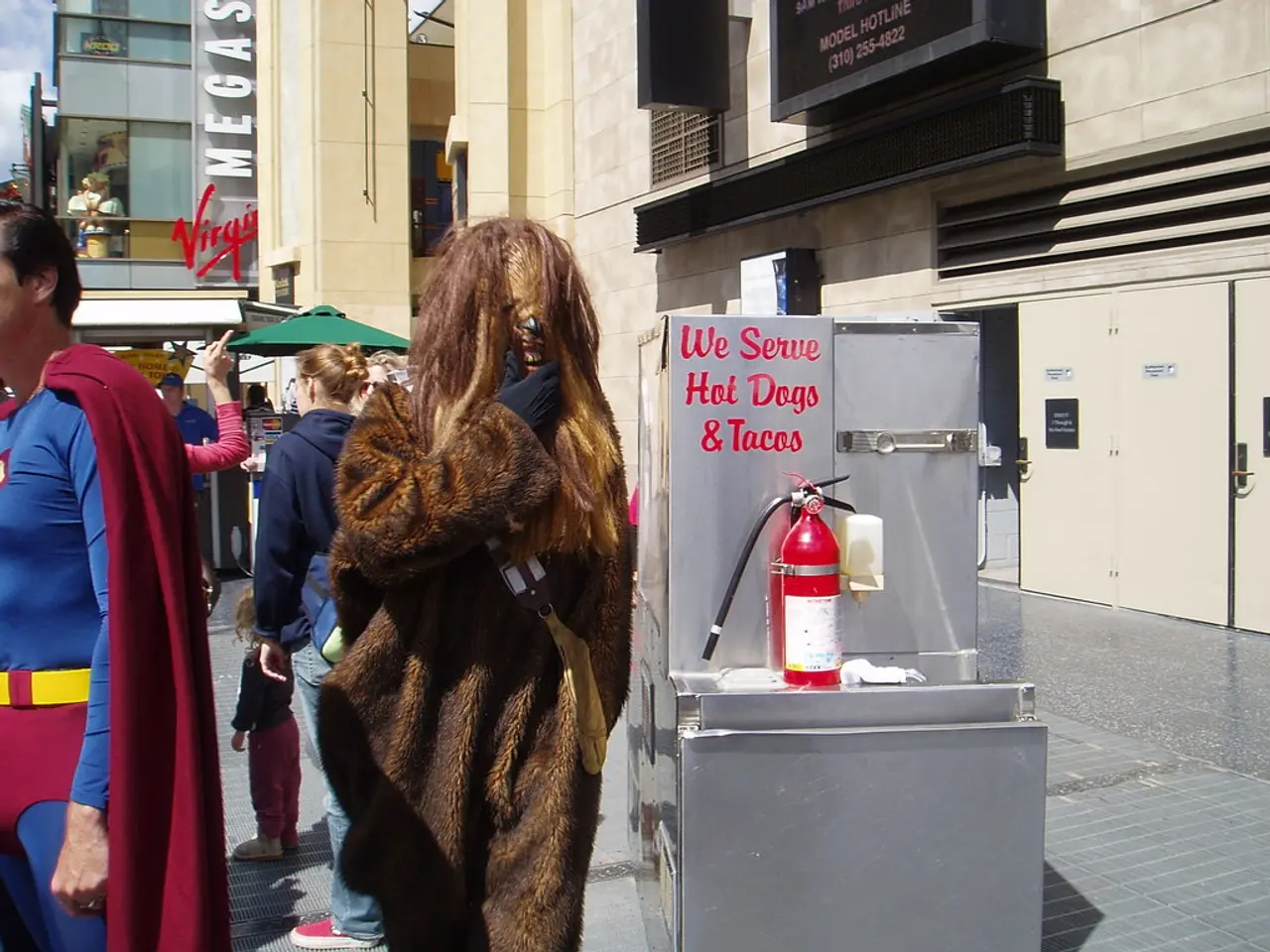Surveillance Sensations of a Centenarian - Wren, at 100, Experiences Former Military Quarters
Centenarian Dorothea Barron Lays First Brick at Former WRNS Barracks Transformation Site
Dorothea Barron, one of the last surviving members of the Women's Royal Naval Service (WRNS), has played a ceremonial role in the transformation of her former barracks near Edinburgh. At the age of 100, the centenarian laid the first brick for a new housing development at the site, which is being converted into affordable homes by the Lar Housing Trust.
The derelict barracks, known as HMS Hopetoun, have sat empty for years. However, the project to transform the old site has captured the imagination of many people with historic and family links to the barracks. The City of Edinburgh Council and local community, heritage, and history groups have provided support for the project at the important and historic site.
Ms. Barron, who enlisted in the Wrens at the age of 18, having been a schoolgirl in London during the Blitz, served as a visual signaller and played a key role in training personnel ahead of the D-Day landings. During the war, she spent time at various naval sites in Scotland, including Port Edgar on the Firth of Forth, Rosyth in Fife, Aberdeen, and Campbeltown on the Kintyre peninsula.
At HMS Hopetoun, she specialised in reading Morse code and semaphore, and helped naval personnel learn signalling techniques at sea. Ms. Barron, who arrived at the site in a black cab driven by the Taxi Charity for Military Veterans, felt a strong connection to her departed comrades during her visit to the site.
The anniversary of VJ Day is approaching, and Ms. Barron mentioned that the end of the war felt like a "burden being lifted" for her. She expressed her pride in representing the generation who "gave their all" during the war. Ms. Barron did not mind the rudimentary living conditions in the corrugated iron huts when she first arrived at the WRNS barracks as a young member.
Lar chief executive Ann Leslie expressed delight at welcoming Ms. Barron to their Port Edgar development, calling her a remarkable lady with many stories to tell about her time there. Ms. Barron stated that it is "tremendous" that the old WRNS barracks site will have a new lease of life as housing and community centers.
The visit to Port Edgar is part of a special trip organized by The Taxi Charity for Military Veterans. To pass the Wrens' entrance requirements, Ms. Barron faked her height by stuffing cardboard inside her shoes. Ms. Barron, who showed great determination and resilience during her service, is a testament to the spirit of the WRNS during World War II. The transformation of HMS Hopetoun into affordable homes is a fitting tribute to her and her comrades.
- Dorothea Barron, who served as a visual signaller during World War II and specialized in Morse code and semaphore at HMS Hopetown, expressed her pride in representing the generation who "gave their all" during the war, as she laid the first brick for a new housing development at the former site of her WRNS barracks.
- The transformation of HMS Hopetown, a site held close to Dorothea Barron's heart as she trained personnel ahead of the D-Day landings there, into affordable homes and community centers is a fitting tribute to her and her comrades in the Women's Royal Naval Service (WRNS).






